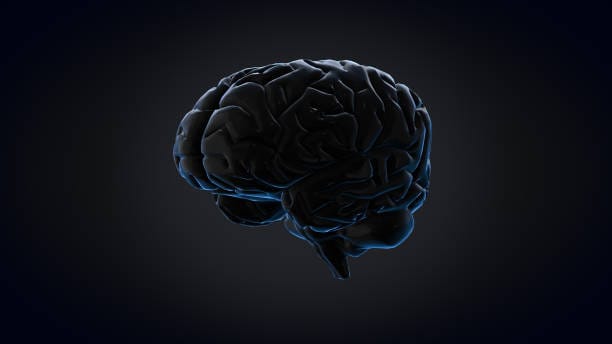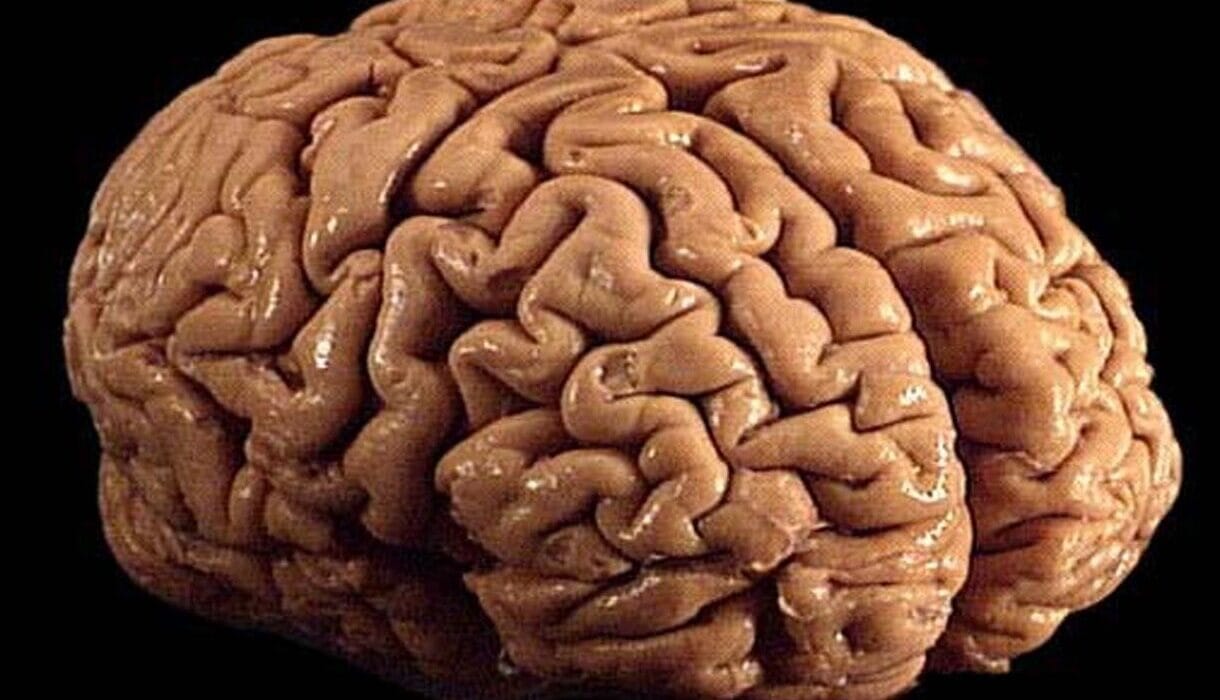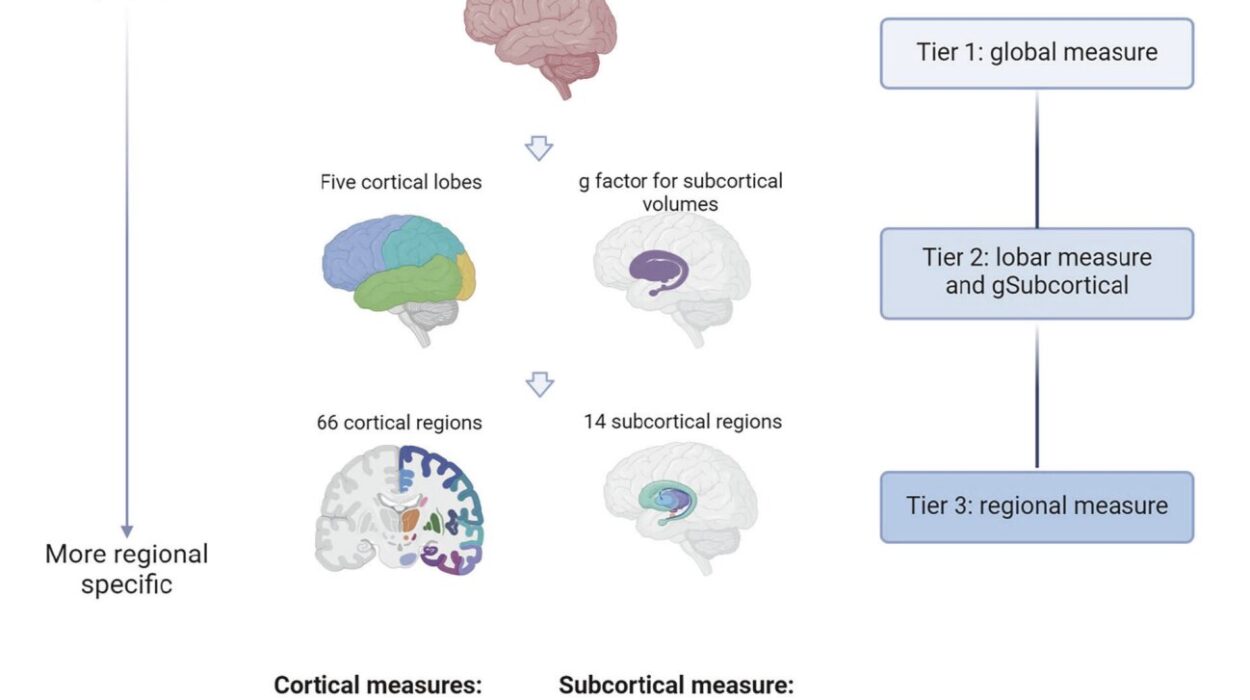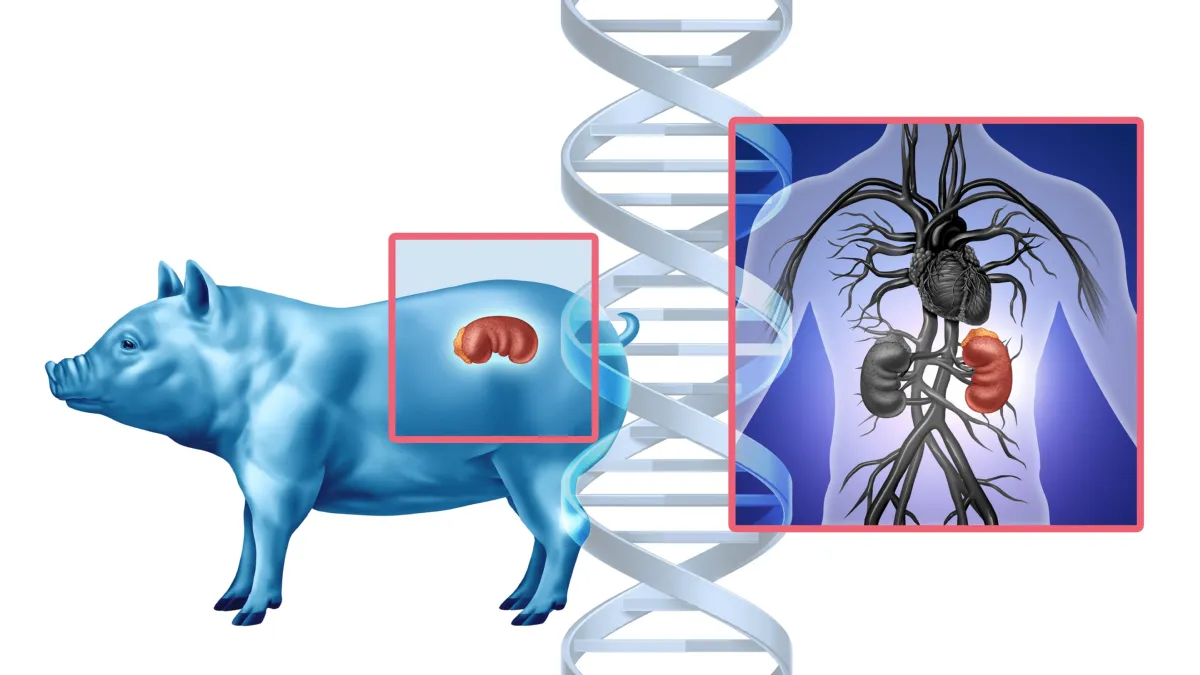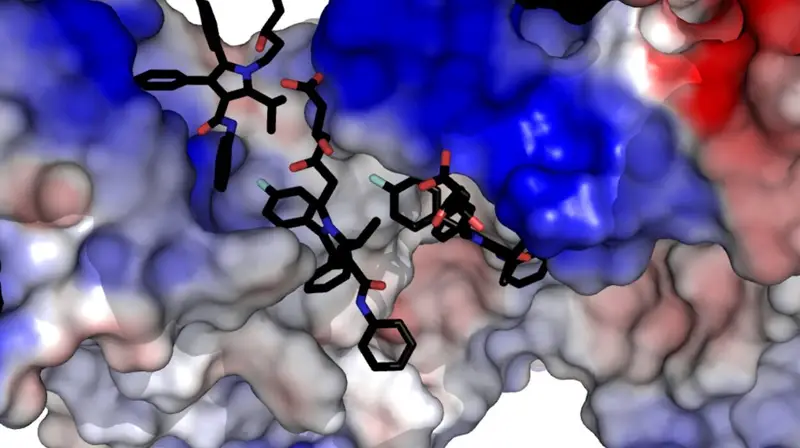Post-Traumatic Stress Disorder (PTSD) is more than just a psychological diagnosis or a medical label. It is a deeply human story of trauma etched into the very circuitry of the brain—a story of pain, survival, memory, and sometimes, hope. To truly grasp PTSD, we must journey beneath the surface of symptoms and behaviors to the intricate workings of the brain, the body’s silent guardian of experience and emotion. Neuroscience offers us a window into these hidden wounds, revealing how trauma reshapes the mind and brain in profound ways.
PTSD can arise after any traumatic event—war, abuse, accidents, natural disasters—when the brain’s systems designed to protect us from danger become overwhelmed, locked into a state of heightened alarm. This state does not easily reset, and it alters perception, memory, and emotion, leaving survivors trapped in a painful loop of fear and distress. But what exactly happens inside the brain during and after trauma? How do neural circuits rewire themselves, and why do some people develop PTSD while others do not? These are questions that neuroscience is working to answer, offering insights that may lead to more effective treatments and deeper compassion.
The Anatomy of Trauma: Brain Regions Involved in PTSD
The brain is a complex symphony of interacting regions, each with its own role in processing experiences, regulating emotions, and storing memories. In PTSD, several key areas become critically involved.
The amygdala, a small almond-shaped structure deep within the temporal lobe, is often described as the brain’s “fear center.” It detects threats and triggers the body’s fight-or-flight response. In PTSD, the amygdala becomes hyperactive, responding to even subtle reminders of trauma with exaggerated fear and anxiety.
The hippocampus, located near the amygdala, plays a vital role in encoding and retrieving memories. It helps contextualize experiences in time and space, distinguishing between past and present. In PTSD, the hippocampus is often found to be smaller and less active, impairing the brain’s ability to correctly place traumatic memories. This dysfunction leads to the intrusive flashbacks and fragmented recollections so characteristic of PTSD.
The prefrontal cortex (PFC), the brain’s executive control center, is responsible for higher-order thinking, decision-making, and regulating emotions. It helps suppress inappropriate fear responses and maintains rational thought. In PTSD, the PFC’s activity is diminished, weakening its regulatory control over the amygdala and contributing to persistent hyperarousal and emotional dysregulation.
Together, these brain regions form a circuit whose balance is disrupted in PTSD. The fear signals from the amygdala dominate, the calming and contextualizing functions of the hippocampus falter, and the regulatory oversight of the prefrontal cortex wanes. This imbalance manifests as the core symptoms of PTSD: intrusive memories, heightened startle response, emotional numbness, and avoidance of trauma reminders.
The Neurochemistry of Fear and Stress
At the chemical level, PTSD involves alterations in neurotransmitters and hormones that mediate stress and fear responses. The body’s stress system centers on the hypothalamic-pituitary-adrenal (HPA) axis, which controls the release of cortisol, the primary stress hormone.
In a typical stress response, cortisol rises to help mobilize energy and focus attention, then gradually decreases once the threat passes. However, in PTSD, this system is dysregulated. Some studies show abnormally low cortisol levels, paradoxically linked to an exaggerated stress response. This blunted cortisol feedback may leave the brain in a persistent state of heightened alert, unable to calm down after trauma.
The neurotransmitter norepinephrine, associated with arousal and vigilance, is elevated in PTSD, intensifying the fight-or-flight response. This chemical flood contributes to symptoms such as hypervigilance and irritability.
Additionally, serotonin, which helps regulate mood and anxiety, appears to be disrupted, explaining why many with PTSD also suffer from depression and anxiety disorders. Dopamine, linked to reward and motivation, can also be affected, contributing to emotional numbing and difficulty experiencing pleasure.
This cocktail of neurochemical changes creates a brain environment primed for fear, anxiety, and emotional dysregulation, reinforcing the traumatic memory’s grip.
Trauma, Memory, and the Brain’s Temporal Paradox
Memory lies at the heart of PTSD’s torment. But memory is not a perfect video playback of past events; it is a reconstructive process vulnerable to distortion and emotional coloring. Trauma, in particular, alters how memories are formed and recalled.
During a traumatic event, the brain is flooded with stress hormones and adrenaline. These chemicals strengthen certain sensory impressions—the sounds, sights, and smells of the trauma—embedding them vividly. Yet the hippocampus’s ability to integrate these memories into a coherent narrative weakens. This leads to what scientists call fragmented or dissociated memories—pieces of the event stored out of sequence or without context.
As a result, when triggered by reminders in the environment—whether a sound, smell, or situation—these fragments can erupt involuntarily, flooding the sufferer with intense sensory flashbacks that feel as real as the original trauma. This temporal paradox—reliving the past as if it were the present—makes healing incredibly difficult.
Neuroscience shows that traumatic memories are stored differently in the brain compared to normal memories, involving more sensory and emotional circuits and less of the logical, verbal parts. This explains why traditional talk therapy can sometimes struggle to reach these buried memories, necessitating specialized approaches that address the sensory and emotional core.
The Role of Genetics and Epigenetics in PTSD Vulnerability
Not everyone who experiences trauma develops PTSD. This disparity has led researchers to investigate the roles of genetics and epigenetics—how genes are expressed and modified by experience—in shaping vulnerability or resilience.
Certain gene variants related to the regulation of stress hormones, neurotransmitters, and brain-derived neurotrophic factor (BDNF), which supports neuron growth and plasticity, have been linked to increased PTSD risk. For example, variations in the FKBP5 gene affect cortisol regulation and have been implicated in PTSD.
Epigenetic mechanisms further complicate this picture. Trauma can alter the chemical markers that turn genes on or off without changing the underlying DNA sequence. These changes can persist long after the trauma, affecting how the brain responds to stress and potentially being passed down to subsequent generations.
This interplay of genetics, epigenetics, and environment suggests that PTSD is not simply a matter of willpower or character but a biological condition shaped by complex factors. Recognizing this helps reduce stigma and guide personalized treatment approaches.
Neuroplasticity: The Brain’s Capacity to Heal
While the neuroscience of PTSD reveals how trauma scars the brain, it also uncovers a remarkable capacity for healing and change—neuroplasticity. The brain is not fixed; it can rewire itself in response to experience, therapy, and new learning.
Research shows that effective treatments for PTSD, such as cognitive-behavioral therapy (CBT), eye movement desensitization and reprocessing (EMDR), and certain medications, can restore balance in the brain’s fear circuits. These therapies help recalibrate the amygdala’s overactivity, strengthen the hippocampus’s memory integration, and enhance the prefrontal cortex’s regulatory function.
Mindfulness and meditation practices have also been found to increase connectivity in the PFC and reduce amygdala reactivity, offering tools for survivors to regain control over their emotional responses.
Emerging technologies like neurofeedback and transcranial magnetic stimulation (TMS) hold promise for directly modulating brain activity, accelerating recovery by targeting specific circuits involved in PTSD.
This growing understanding of neuroplasticity brings hope: the brain can move from trauma-induced chaos back toward calm and coherence.
The Interconnection of Mind, Brain, and Body
PTSD is not confined to the brain alone. The disorder manifests throughout the body, linking mind and physiology in a complex dance of reaction and response.
The autonomic nervous system, which controls involuntary functions like heart rate and digestion, becomes dysregulated. The sympathetic nervous system is hyperactive, driving the “fight or flight” state, while the parasympathetic “rest and digest” branch is suppressed. This imbalance results in chronic physical symptoms—rapid heartbeat, gastrointestinal distress, and muscle tension—that contribute to the overall burden of PTSD.
The immune system is also affected. Chronic stress can provoke inflammation, increasing the risk of physical health problems like cardiovascular disease and autoimmune disorders. This connection between psychological trauma and physical illness underscores the importance of holistic care.
Furthermore, trauma survivors often experience disruptions in sleep architecture, including nightmares and insomnia, which further impair brain function and emotional regulation. Sleep is crucial for memory consolidation and emotional processing; its disturbance perpetuates the cycle of PTSD symptoms.
PTSD in the Context of Human Experience
While the neuroscience of PTSD is fascinating, it is essential to remember that behind the neurons and chemicals are real people—individuals grappling with unbearable pain and seeking to reclaim their lives. Neuroscience alone cannot capture the full depth of trauma’s impact: the loss, fear, and sometimes the isolation that accompany it.
The stories of survivors reveal resilience, courage, and the transformative power of connection and support. Neuroscience can illuminate the pathways of suffering and healing, but it is empathy, community, and human understanding that ultimately drive recovery.
Our growing knowledge of PTSD’s neurobiological roots invites us to approach trauma survivors not with judgment but with compassion, recognizing that their pain is deeply woven into the fabric of their brains.
Toward a Future of Understanding and Healing
The neuroscience of PTSD continues to evolve, propelled by advances in imaging technology, genetics, and clinical research. Each discovery peels back another layer of the brain’s response to trauma, bringing new questions and new hope.
Efforts to develop personalized treatments based on an individual’s unique brain profile are underway, aiming to maximize effectiveness and minimize side effects. Prevention strategies informed by neuroscience may one day identify those at risk before trauma strikes or immediately afterward, providing early intervention.
But beyond the lab, the message of neuroscience is clear: PTSD is not a failure of character but a complex biological response to overwhelming stress. This insight calls on society to create environments of safety, healing, and respect for those carrying the invisible scars of trauma.
In embracing the neuroscience of PTSD, we are invited not only to understand the brain but to honor the full humanity of those who suffer, and to join in the shared work of healing.
